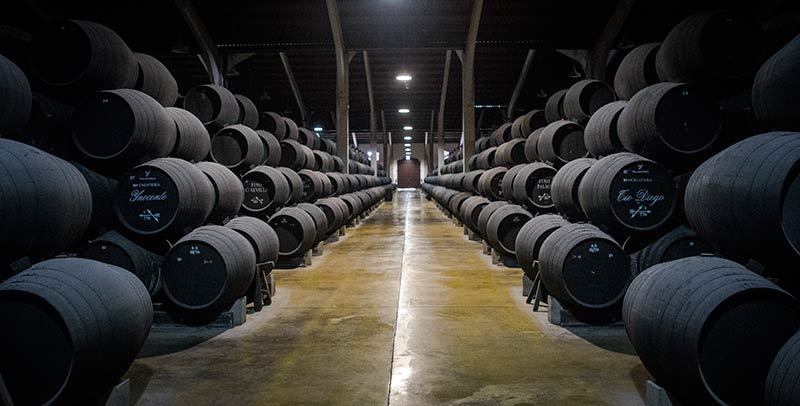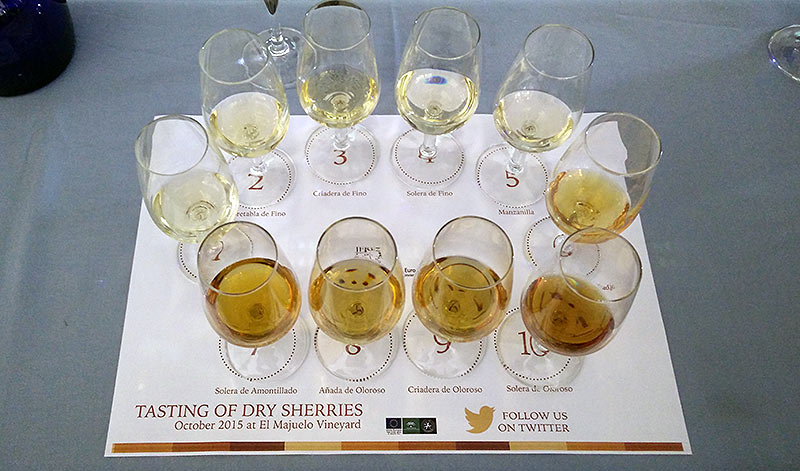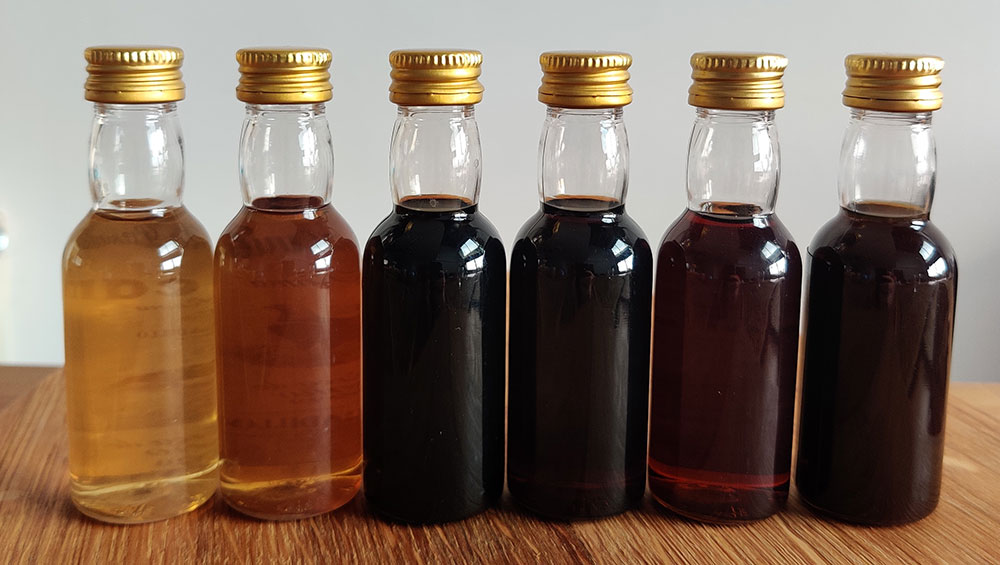I was quite stoked when I saw this headline as I thought the author of the article was going to bring up the point that, as one of the driving markets for sweet and blended Sherries, the UK in a post-Brexit time won’t buy as much of it. This could have had the same benefit (after a good deal of pain) to rework the entire Sherry market like it did for Georgia and their age-old production of Semi Sweet and Semi Dry wines going up in smokes when Russia placed an embargo on them in 2006. Losing their market for those wines made them return a great deal to the dry wines that they produce naturally instead of these sweetie ones for the Russian palate.
But no, once I read this BBC article, I saw that it was yet another dippy allusion to sweet Sherry and biting insight did not ensue which was really a shame. Don’t get me wrong, while I wouldn’t find myself drinking a glass of the fully-sweet dessert Sherries from Moscatel or Pedro Ximénez, I could happily use them as a syrup or some other kind of ingredient.
No, it’s the damnable blended Sherries that one can only hope a weakened British Pound will stop from being made. Pale Cream, Medium, and Cream are all names that should be lost to the annals of history as even when they’re well-made they still taste like you took a forklift and dump truck, stuck them together somehow and declared it the ultimate in utility. In other words, there’s always something a bit off with the blended Sherries.
One thing is for sure and that’s the fact that the bodegas down in Jerez won’t be dropping their prices any further to cater to a poorer British market. I don’t really understand how they have them as low as they do and I’m most certainly not the first person to say that Sherry is an incredible bargain. Naturally, the catch is that you need to first realize that the best ones are dry and that you can drink them with pretty much anything on this fine planet. Once you get there, you’ll find it to be a very wonderful Happy Place to be in.


